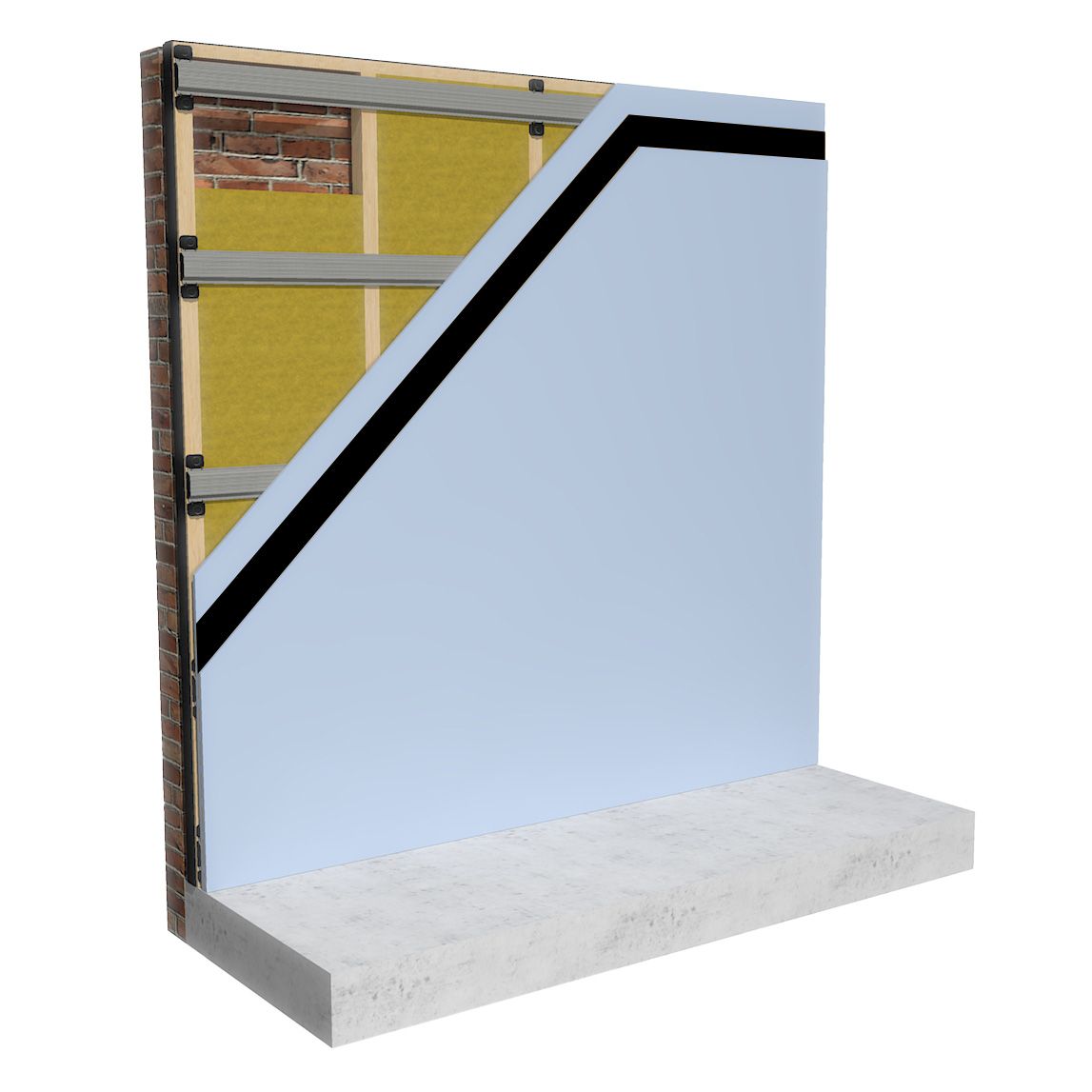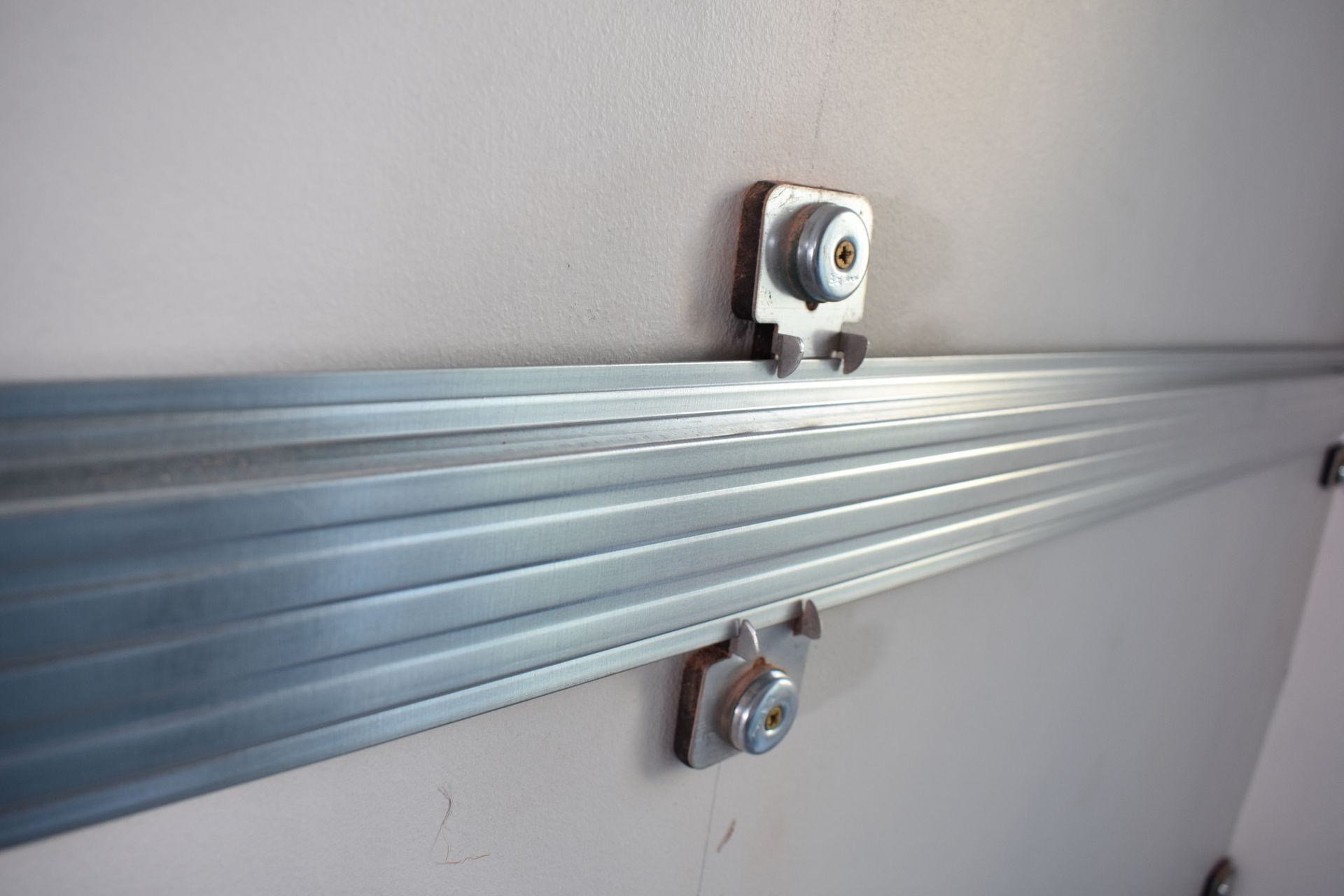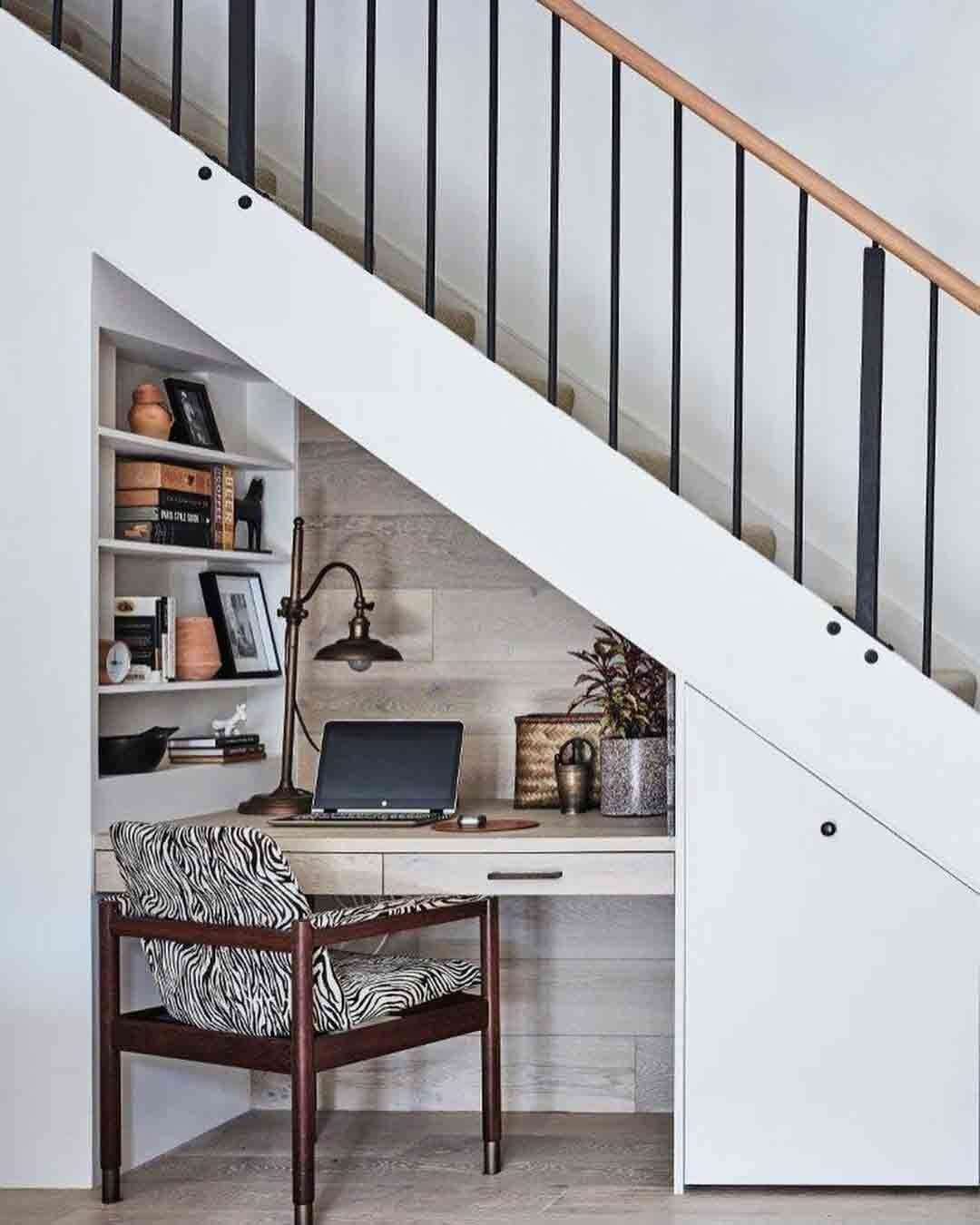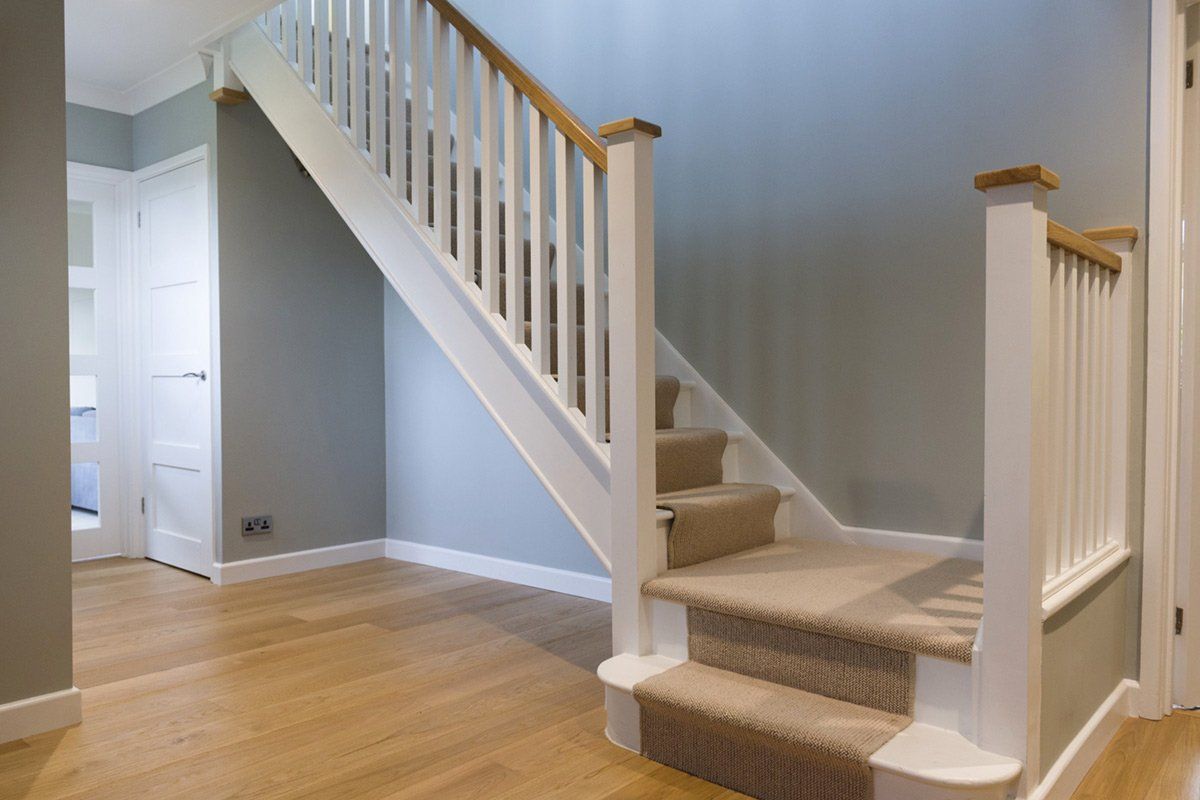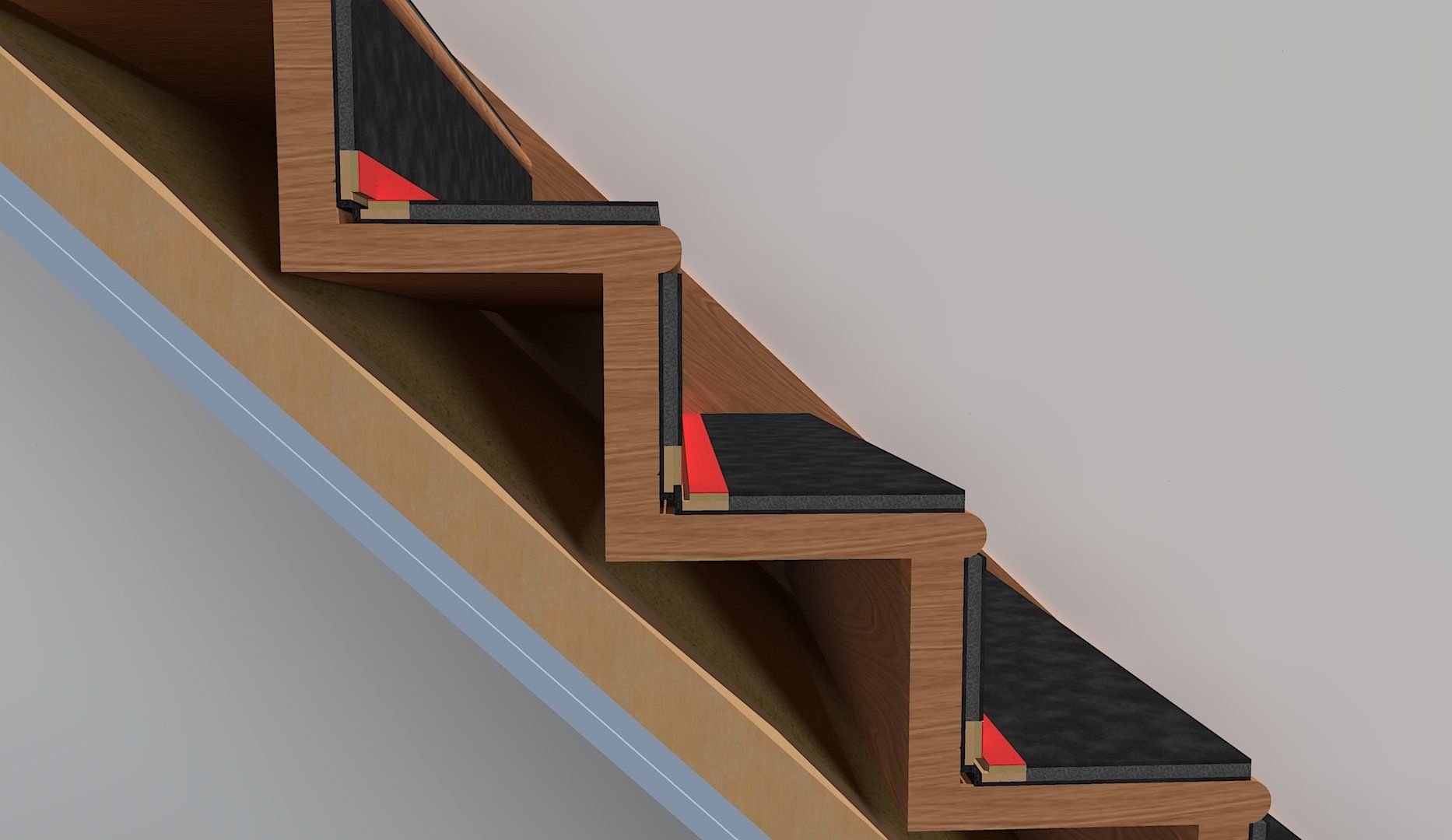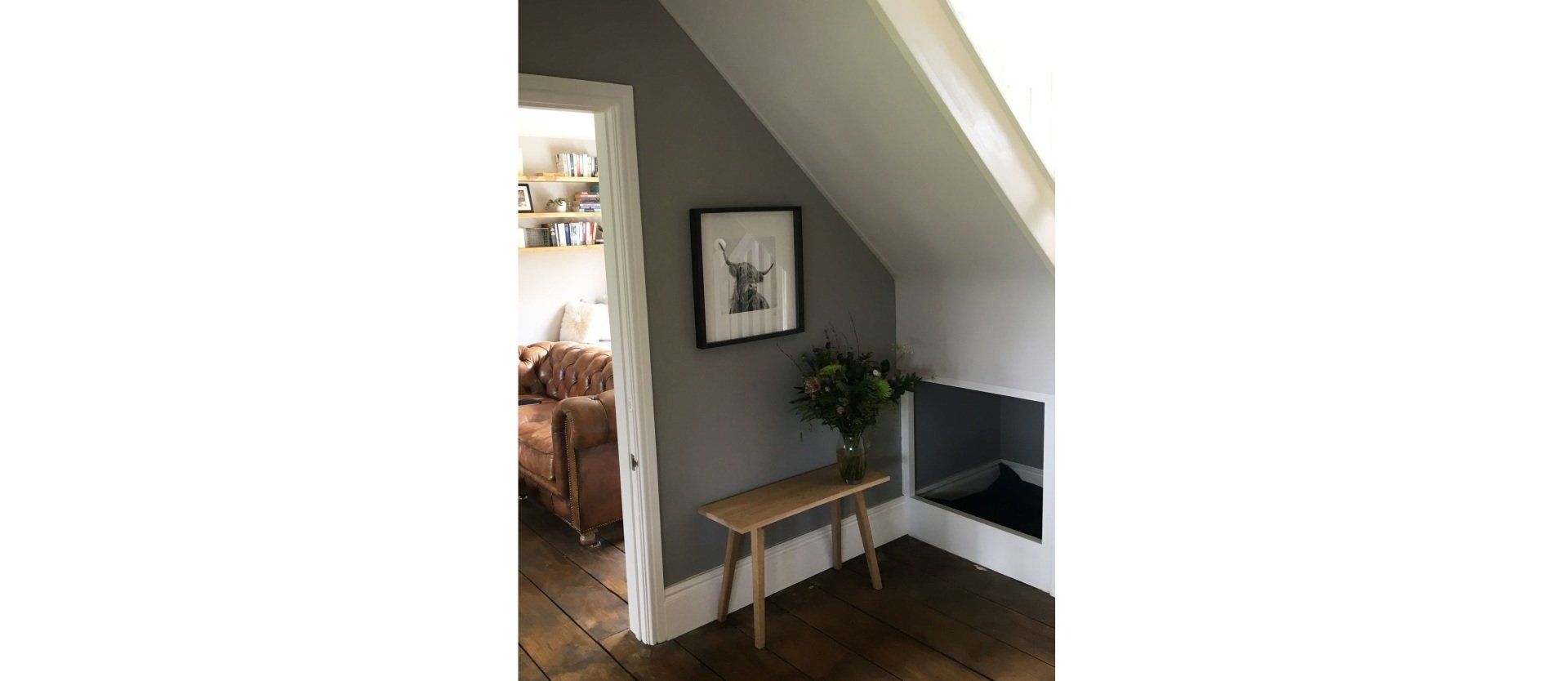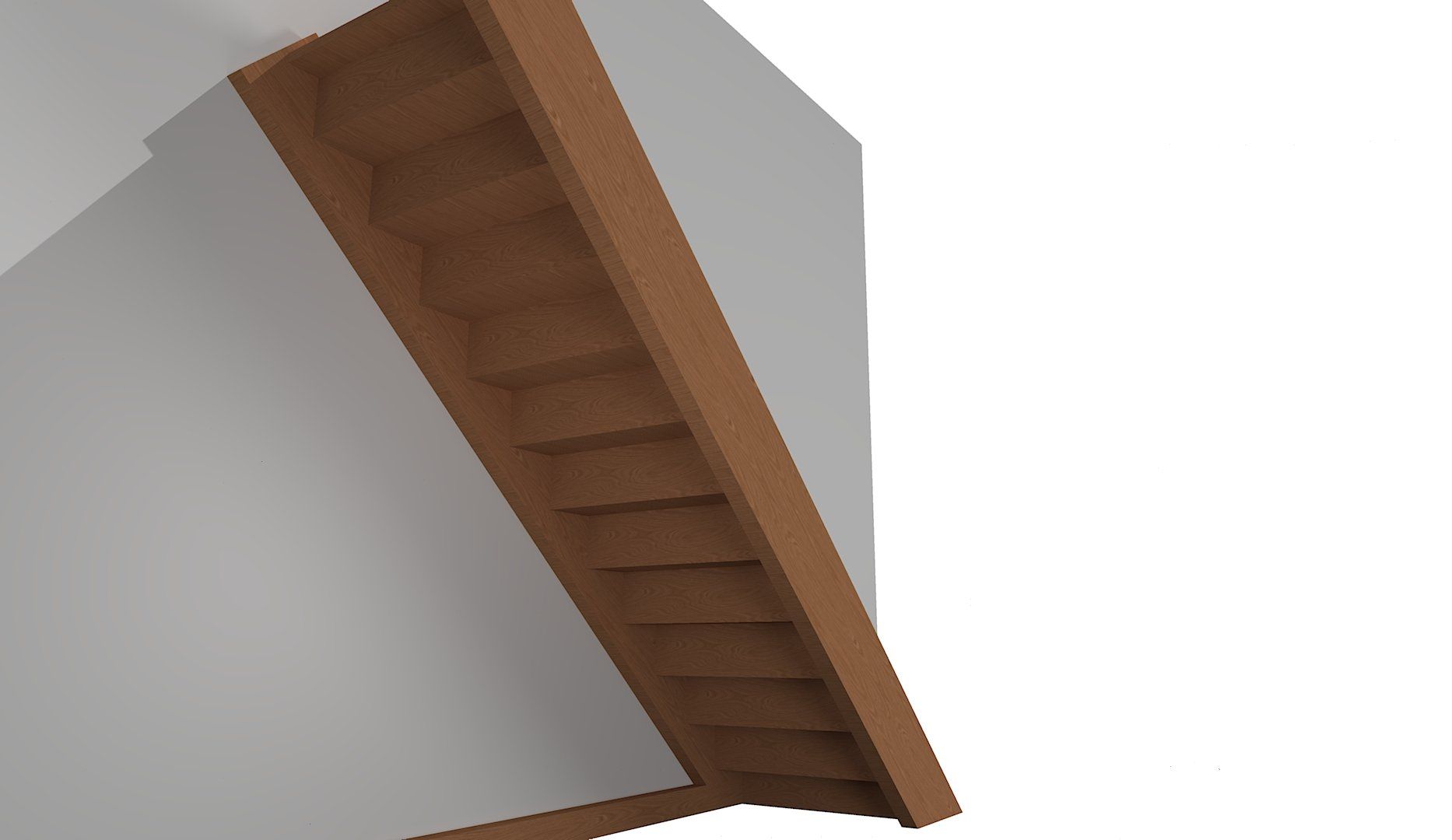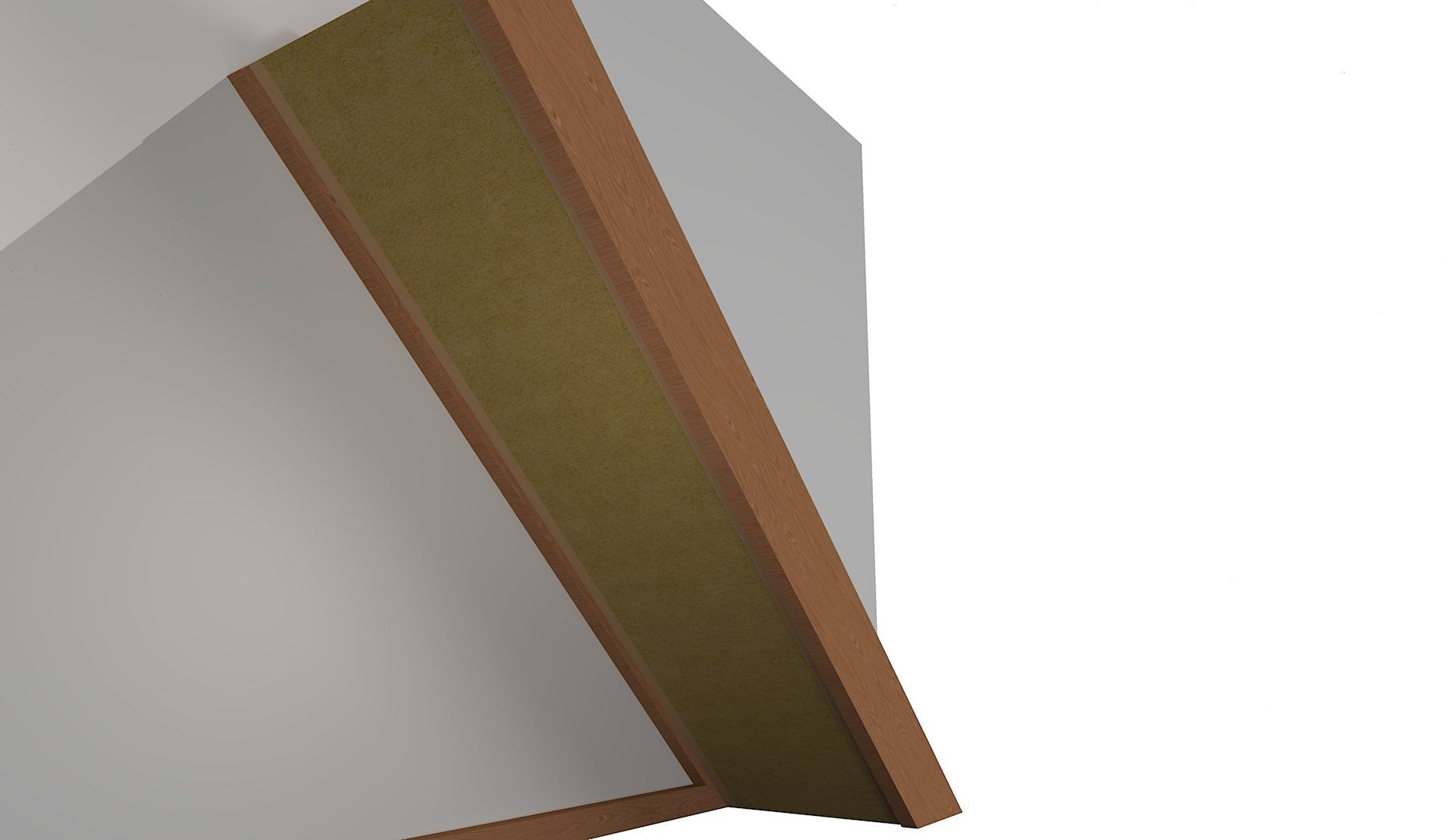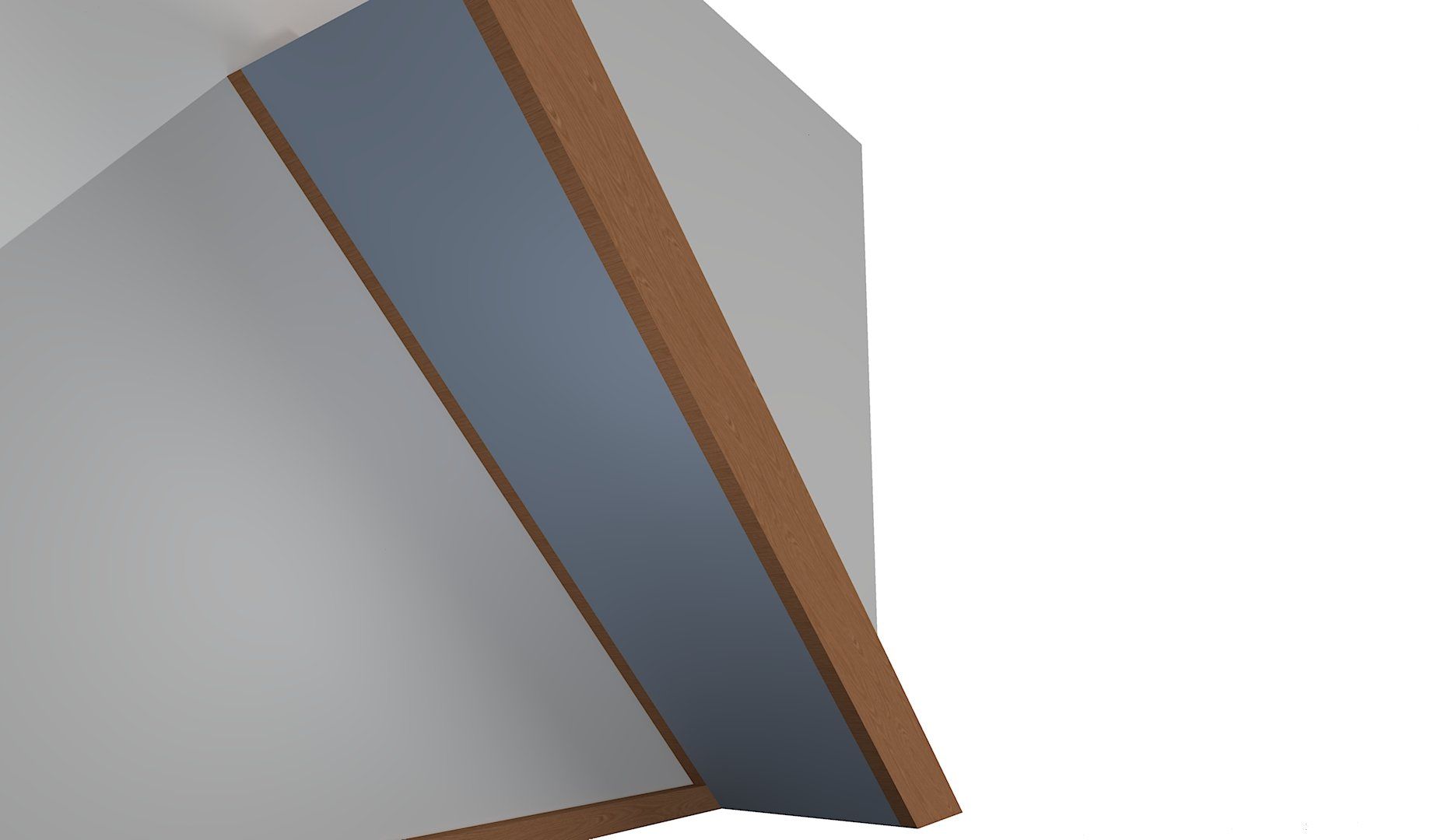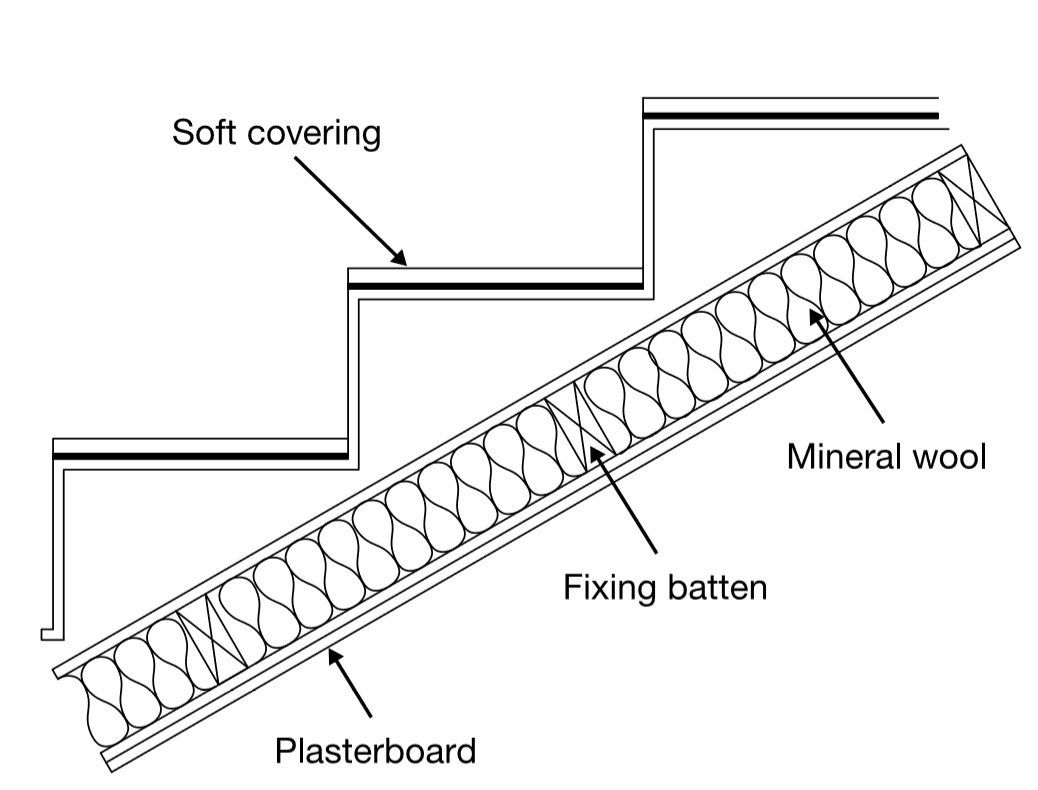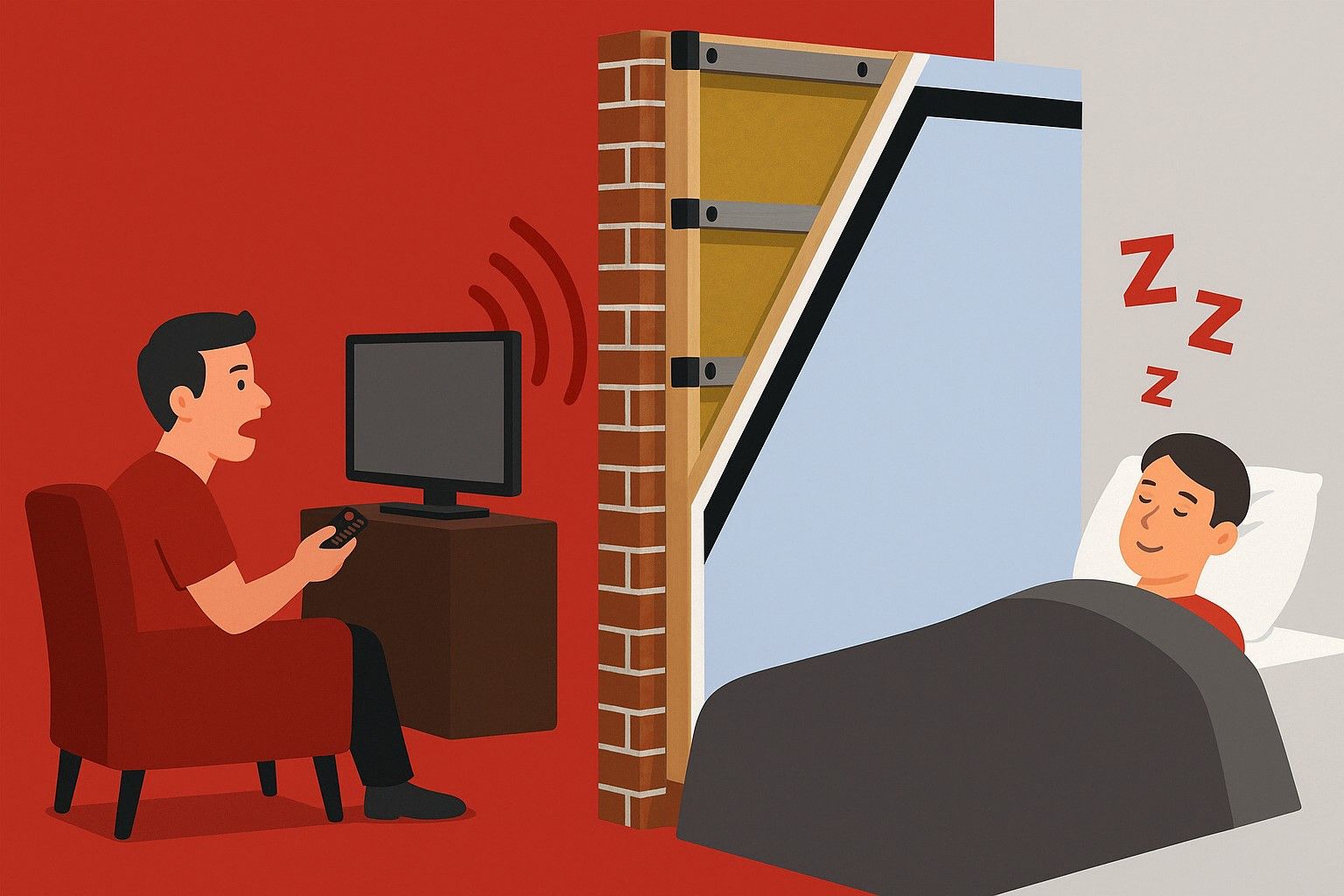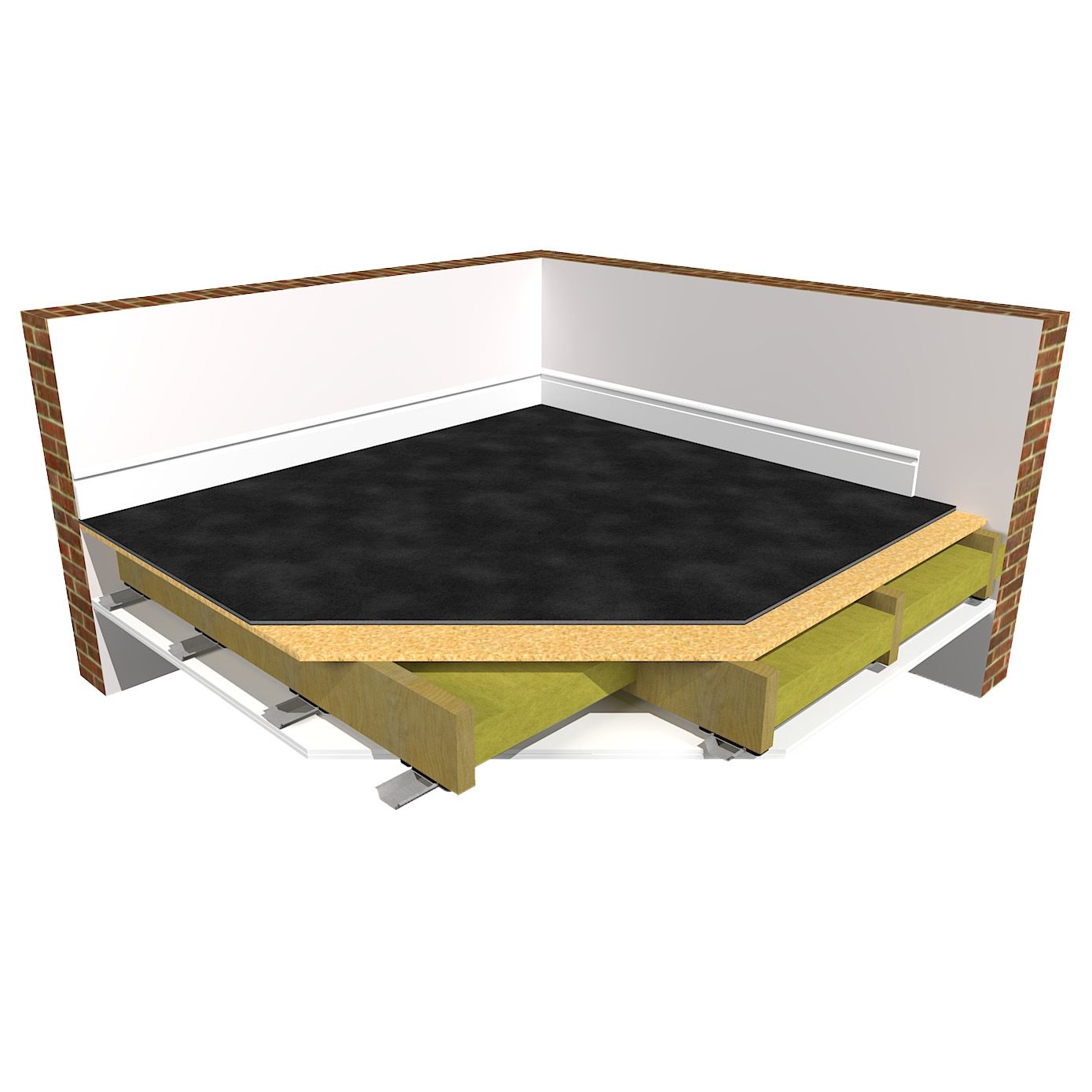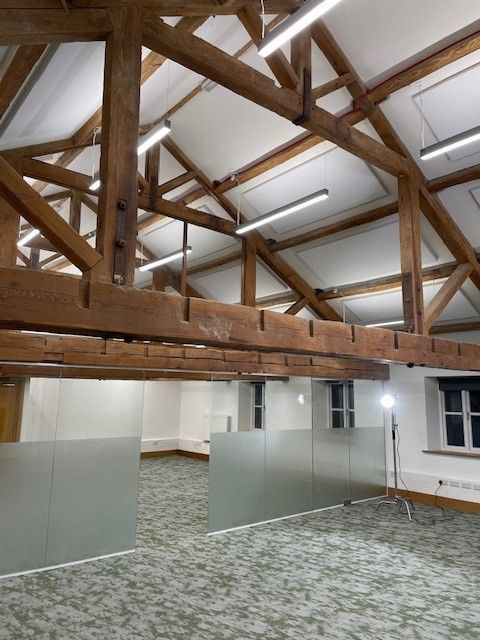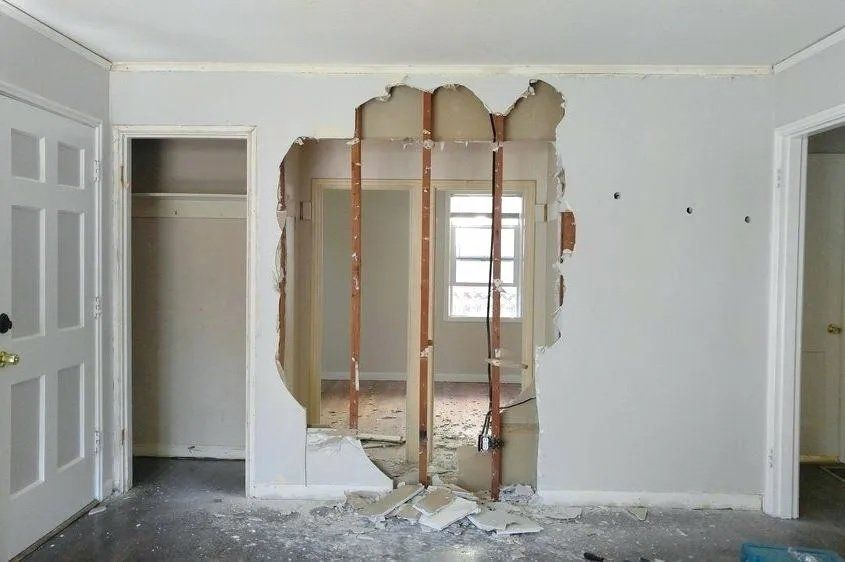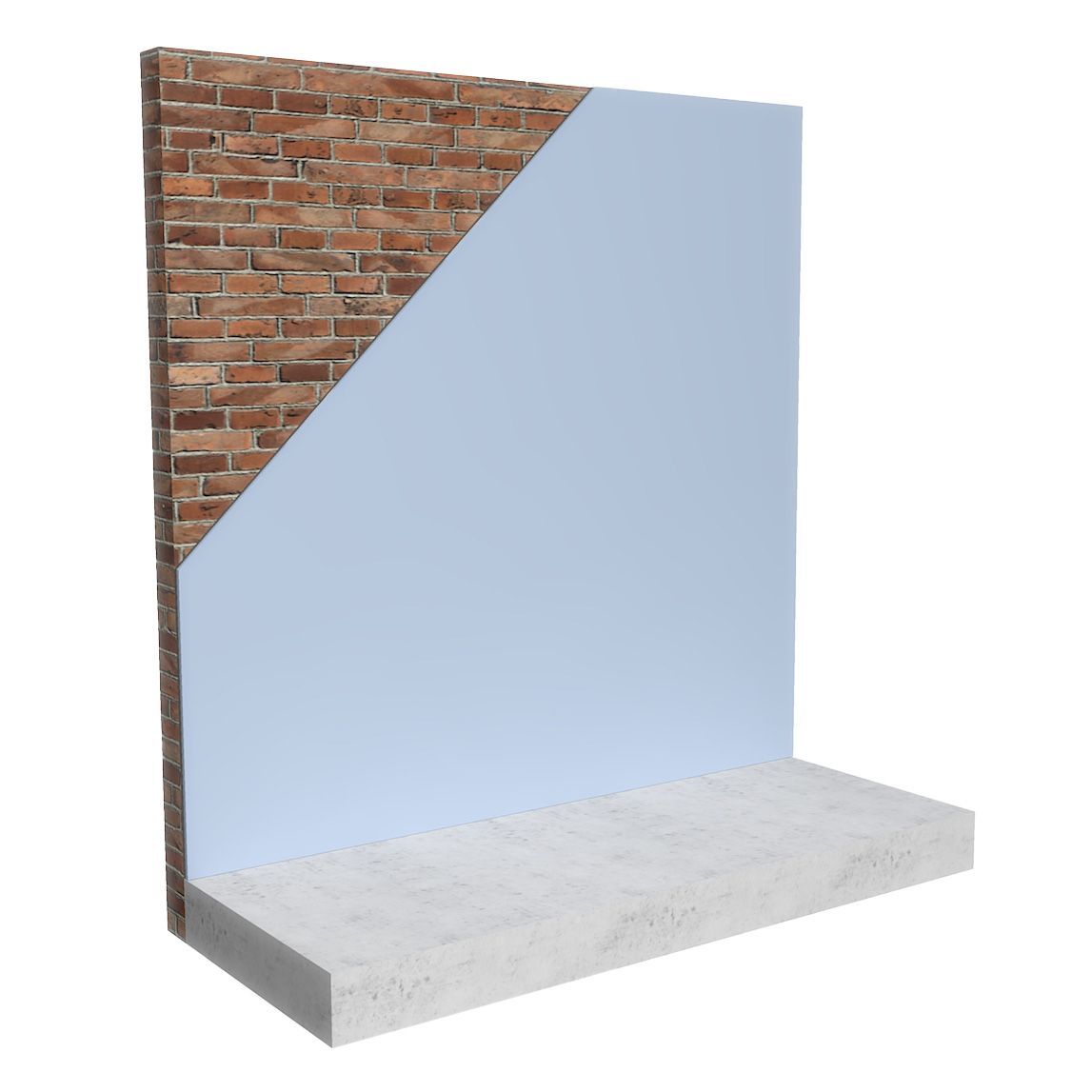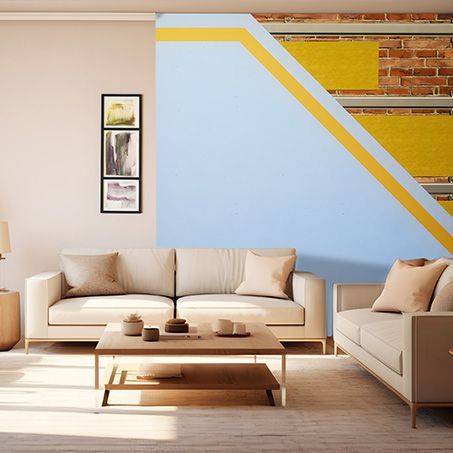How To Soundproof Stairs And Walls With Staircases
There are 4 main scenarios when it comes to soundproofing stairs and soundproofing the walls where stairs are present.
- Soundproofing a party wall against noise from your neighbours stairs which are adjacent to your wall
- Soundproofing a party wall which has your stairs against it and soundproofing this wall against unwanted noise from next door
- Soundproofing the stairs themselves
- Soundproofing under stairs
How to soundproof a party wall against noise from your neighbours staircase
If you are experiencing noise coming through the party wall from your neighbour's property, where they have a staircase located on the adjacent side of the wall, it is likely that sound energy is occurring from the impact created through footfall when your neighbour's are walking up and down the stairs. This impact energy will cause vibrations to travel along the surface of the stairs and transfer into the party wall, where this can then be heard on your side of the property coming through the dividing wall.
In this instance in might be that you can also hear airborne noise, for example, your neighbours talking as they are walking and running up and down the stairs.
Because this vibration energy is a much stronger type of sound energy than most airborne sounds, a higher level of resilience and de-coupling is needed in order to achieve the maximum possible performance.
Therefore, when looking to soundproof a flat wall from the unwanted noise of your neighbours stairs on the other side of the wall, the best solution would be to look at the ReductoClip™ Independent Wall System (120mm thick), which will not only add a high level of mass for reducing airborne sound transmission, but also add a high level of resilience, which will significantly help to absorb and dampen down the vibrational energy.
The ReductoClip™ Direct to Wall (60mm) system could also be used, (without the stud frame) if there are space limitations.
How to soundproof walls running alongside stairs
If you are trying to soundproof a wall against impact and airborne noise, which has a staircase running alongside it, then the ReductoClip™ Independent Wall System would offer the best possible solution.
However, depending on the width of the stairs, the full 120mm Independent ReductoClip™ System with a stud frame, can often take up too much space in terms of reducing the width of your stairs, making them too narrow. An alternative would be to use the ReductoClip™ Direct to Wall option (60mm) if the stair strings are wide enough to take the 60mm system.
For lower levels of airborne noise rather than vibrational energy from footfall on the adjacent staircase, then the SoundBoard 4™ direct to wall system would offer a practical option whilst minimising space loss (30mm thick).
SoundBoard 4 is a good solution for soundproofing against standard household noise, such as TV and voices. To upgrade the system further, to help with impact noise, we would suggest adding a layer of FlexiSound, which is extremely heavy and can help to upgrade existing systems. The FlexiSound adds extra mass to to the wall, increasing its soundproofing capabilities.
The visco-elastic properties of FlexiSound also mean that when it is used alongside SoundBoard 4, it also helps to reduce vibrational energy.
SoundBoard 4 also offers a simple installation process, especially when having to follow the angle of the skirting boards which run up alongside the treads and risers.
How to Soundproofing stair treads and risers
If you are in a situation where the underside of a communal or shared staircase is visible within your room, it is likely that you will be experiencing a high level of impact noise which is transferring directly into your living space from the heavy footfall of people walking up and down the stairs above. In this scenario, we would need to look at utilising a system on top of the stair treads to absorb the impact at the source, before the high level of vibrational energy can travel into the structure and transfer down into your wall and ceiling space. This can be achieved by either using the SoundMat 2 Plus (12mm) for medium levels of airborne noise and footsteps or SoundMat 3 Plus (15mm) system, which also decreases loud levels of impact noise and is more effective at reducing louder levels of airborne noise.
Once the chosen system has been installed on both the treads as well as the stairs risers (as per the illustration above) and the gripper rod risers and gripper rods have been fixed down to the timber surface, you would then be able to install the carpet final floor layer over the top.
You can also, as an additional soundproofing measure, install a layer of 15mm thick acoustic plasterboard to the face of the current plasterboard, underneath the stairs to add some extra mass to the structure which will also help with reducing any airborne sounds such as talking and shouting.
More information on How to Soundproof Stairs
How to Soundproof under stairs
If you live in a flat and there is unwanted noise coming from your neighbours stairs and they are reluctant to allow access to soundproof the stairs at the source of the noise, then there is another alternative.
On the underside of the stairs, add mineral wool and install a layer of 15mm thick acoustic plasterboard to the face of the current plasterboard, which will add extra mass to the structure and help with reducing any unwanted airborne sounds such as talking and shouting. This would need skimming over and decorating afterwards.
However, the recommendation would be to soundproof the stairs themselves, at the source of the impact noise, as detailed above.
Underside of stairs
With mineral wool
Acoustic Plasterboard layer added to the mineral wool
Under stairs soundproofing
For any further help or advice on how to soundproof against the unwanted noise from stairs, feel free to call a member of The Soundproofing Store team on 01423 206208, or contact us using the form below.
Share
"We don’t expect you to become an overnight expert in soundproofing, that’s what we’re here for."
